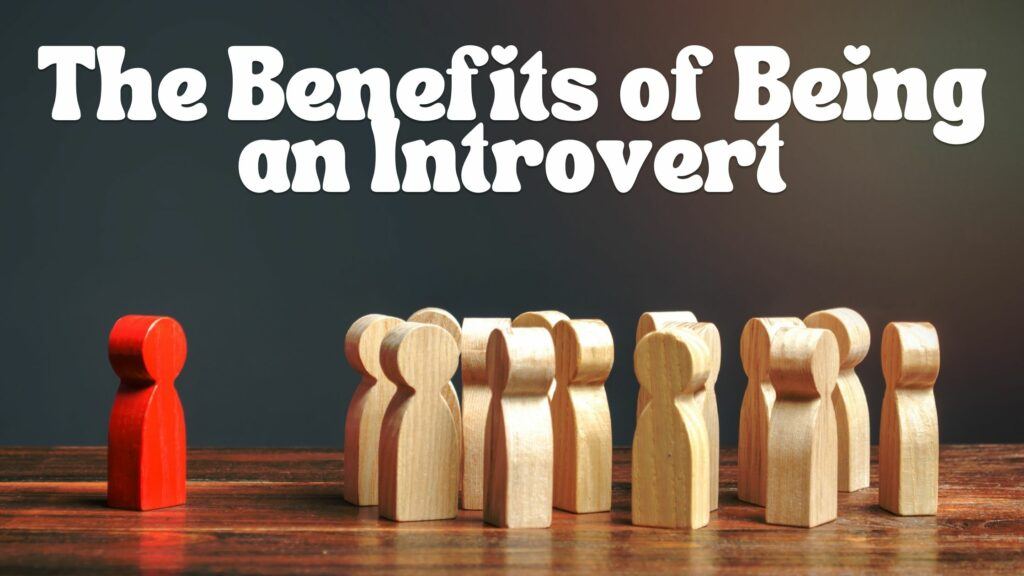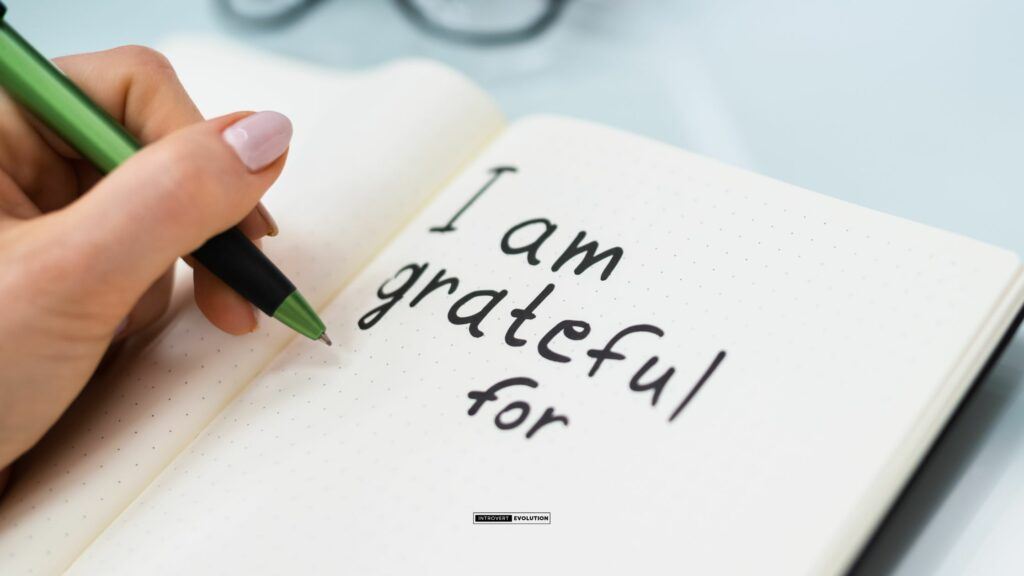
If you have ADHD, you probably know the feeling all too well—you want to be disciplined, you want to stay focused, but no matter how hard you try, something always seems to get in the way. You start with the best intentions, full of motivation, only to find yourself overwhelmed, distracted, or falling back into old habits. I get it. I’ve been there myself, and let me tell you—this isn’t because you’re lazy, unmotivated, or broken. It’s because ADHD affects how your brain handles things like focus, impulse control, and reward.
In this guide, I want to share what’s actually helped me and many others build real self-discipline with ADHD. Not the kind that’s based on Willpower or forcing yourself through frustration—but practical, ADHD-friendly strategies that work with your brain, not against it.
Whether you’re trying to stop procrastinating, create healthier routines, or finally stick to your goals, these tools will help you build the consistency you’ve been craving. And remember—self-discipline with ADHD isn’t about perfection. It’s about progress, small wins, and learning to reset without guilt.
Let’s dive in and make lasting change together.
Why Self-Discipline Feels Harder With ADHD
Before we get into the strategies, it’s important to understand why self-discipline can feel so much harder when you have ADHD. It’s not just about being “bad at sticking to things” — ADHD affects the parts of your brain responsible for executive function, impulse control, and motivation.

When you have ADHD, your brain struggles to manage tasks that require planning, delayed gratification, or resisting distractions. That’s because ADHD impacts the way your brain processes dopamine, the chemical linked to reward and motivation. This means it’s harder to stay focused on tasks that don’t provide immediate satisfaction, regardless of their importance.
And let’s be honest: it’s frustrating. You might start the day with clear goals, only to end up battling distractions, jumping between tasks, or feeling overwhelmed. That doesn’t mean you lack discipline — it means you need a different, more supportive approach.
The good news? Once you understand how ADHD works, you can stop blaming yourself and start building self-discipline in a way that fits you.
The Key Mindset Shift: Work With Your Brain, Not Against It
Here’s something that changed everything for me: building self-discipline when you have ADHD isn’t about trying harder or forcing yourself to “just focus.” That approach leads to burnout, guilt, and a feeling of constantly failing. The real key is learning to work with your ADHD brain, not against it.
For most of us with ADHD, discipline starts with dropping the idea of perfection. You don’t need perfect routines or flawless focus — you need small, consistent wins that add up over time. When you shift your mindset from “I need to do everything right” to “I need to keep showing up,” you take a significant amount of pressure off yourself.

Self-compassion plays a significant role in this. ADHD comes with ups and downs, and you will have days where nothing goes to plan. That’s normal. The goal isn’t to be perfect — it’s to build habits that are flexible, forgiving, and realistic for your unique brain.
When you stop fighting your brain and start designing your life around how it works, discipline becomes something you can grow, not something you feel ashamed of lacking.
ADHD-Friendly Self-Discipline Strategies That Actually Work
When it comes to building self-discipline with ADHD, you need strategies designed for your brain, not against it. Forget Willpower, shame, or trying to copy what works for neurotypical people. The real key is finding tools that reduce friction, make action easier, and keep you coming back — even after setbacks.
Here are the core ADHD-friendly strategies that have made the biggest difference for me and many others.

1. Use External Structure — Don’t Rely on Willpower
👉 Willpower can fade quickly, especially when you’re overwhelmed or distracted. External structure — things like alarms, checklists, and environmental cues — keeps you on track without draining your mental energy.
How to do it:
- Set alarms for start times, breaks, and transitions to ensure a smooth workflow.
- Use a visual planner or whiteboard that you see every day.
- Break big goals into small, visible steps (using sticky notes or task cards).
- Design your space to cue the correct action (e.g., leave your water bottle on your desk, your trainers by the door).
💡 Tip: Don’t wait until you feel motivated — let your structure do the heavy lifting.
2. Make Tasks Tiny and Specific
Big tasks feel overwhelming to the ADHD brain, and overwhelm triggers avoidance. When you make tasks smaller and clearer, it’s easier to start and keep going.
How to do it:
- Instead of “write article,” break it down: “open doc,” “write intro,” “write first subheading.”
- Use micro-goals: aim for 5 minutes, 1 paragraph, or one small action.
- Keep a “next action” list so you always know the next tiny step.
💡 Tip: Small wins build momentum, which fuels more action — no willpower required.
3. Create Accountability Without Stress
ADHD brains often thrive when we know someone’s expecting us to show up. But this doesn’t mean you need high-pressure accountability — just gentle support.

How to do it:
- Try body doubling — work quietly alongside a friend, family member, or virtual partner (Focusmate is excellent for this).
- Share micro-goals with someone who gets it. No need to announce big plans — small check-ins work best.
- Join a supportive community where you can celebrate small wins.
💡 Tip: Accountability works best when it feels like connection, not pressure.
4. Reward Progress Instantly
The ADHD brain is wired to seek dopamine now. If you wait until a huge task is done to feel good, you’ll lose motivation fast. Build in small, frequent rewards that help you stay engaged.
How to do it:
- After each small task, give yourself a mini reward (such as a coffee, a stretch, or a few minutes of your favourite song).
- Use apps like Habitica or Forest that gamify your progress.
- Track your small wins visually — crossing off boxes, moving sticky notes, filling in a habit tracker.
💡 Tip: The faster you feel a positive result from action, the easier it is to keep going.
5. Build Routines Around Your Energy, Not the Clock
Many ADHD-friendly discipline plans fail because they try to force you into rigid schedules that don’t match your brain. Instead, learn when your energy naturally peaks and build flexible routines around those windows.
How to do it:
- Track your focus and energy for a week. When do you feel most clear-headed? When do you crash?
- Plan key tasks for your periods of high focus.
- Use low-energy times for more manageable tasks (tidying, admin).
💡 Tip: Flexible structure beats rigid schedules every time for ADHD.
6. Expect Setbacks — Plan Your Reset
Setbacks aren’t a failure. They’re part of building discipline. The difference with ADHD is that you need a simple reset plan so you don’t get stuck in guilt or avoidance when things go off track.
How to do it:
- Create a 3-step reset plan (e.g., take three deep breaths, do one micro-task, review your list).
- Keep it visible (write it on a sticky note or planner).
- Practice self-compassion — setbacks are data, not disasters.
💡 Tip: The faster you reset, the quicker you rebuild momentum.
Why These Strategies Work
All of these strategies reduce the mental load ADHD puts on your brain. Instead of relying on Willpower or memory, you’re creating systems that make the right action the easy action. They help you build consistency one small step at a time — and that’s what real self-discipline looks like.
Tools and Apps to Help Build Discipline With ADHD
One of the best things you can do for your self-discipline when you have ADHD is to use tools that take the pressure off your brain. These apps and supports help you stay focused, organised, and consistent — without needing to rely on memory or Willpower alone.

👉 Todoist or TickTick – Great for simple, flexible task lists. You can set recurring reminders, break tasks into smaller steps, and colour-code your priorities.
👉 Forest or Focus Plant – These apps use gamified timers that reward you for staying focused. You plant virtual trees (or plants) that grow when you stay on task — perfect for visual motivation.
👉 Focusmate – Virtual body doubling. You book a session, show up, and work silently alongside someone else who’s also focused on their own task. It helps cut procrastination without pressure.
👉 Google Calendar / Notion – For visually planning your day. Block out your focus windows, schedule breaks, and keep your routines visible at a glance.
👉 Habitica – Turn your routines into a game where you level up for completing tasks—a fun way to get that dopamine hit while building discipline.
👉 Physical tools – Don’t underestimate the power of a simple whiteboard, sticky notes, or a planner you can see and touch. Sometimes, low-tech solutions are the most ADHD-friendly of all.
The key is to experiment and find the tools that you’ll use, not the ones that seem perfect but gather digital dust.
Real-Life Example: My Journey Building Discipline With ADHD

I’m not sharing all of this as theory — I’m sharing it because I’ve lived it. For a long time, I struggled with self-discipline. I’d set big goals, create detailed plans, and then watch as distraction, overwhelm, or procrastination took over. I’d feel frustrated, guilty, and wonder why I couldn’t “just do it” like everyone else seemed to.
What changed for me was understanding that ADHD wasn’t a weakness — it was just a different way my brain worked. The more I stopped blaming myself and started building an external structure, the more progress I made.
Here’s what helped me:
👉 Breaking everything down into the tiniest possible steps. Instead of “write a blog post,” I’d focus on “write one sentence.” Tiny wins made momentum easier.
👉 Using alarms and visual cues. I set reminders for everything, from drinking water to starting focused work blocks.
👉 Body doubling. Even just knowing someone else was working quietly at the same time helped me stop avoiding tasks.
👉 Letting go of perfection. My discipline comes from showing up consistently, not from getting everything right.
Discipline with ADHD is possible. It doesn’t have to look like what works for other people — it just has to work for you.
Final Thoughts: Discipline Is a Skill, Not a Trait
If you take just one thing away from this guide, let it be this: self-discipline is a skill you can build — it’s not something you either have or don’t have. ADHD doesn’t make you undisciplined; it just means you need tools and strategies that fit your brain.
The truth is, discipline isn’t about forcing yourself to work harder or beating yourself up when you slip. It’s about showing up, making minor improvements, and learning to reset when things don’t go as planned. Every time you break a task down, use a timer, or celebrate a small win, you’re building the foundation of real, lasting discipline.
So be kind to yourself. Progress matters more than perfection. And the more you work with your ADHD brain, the more consistent, focused, and empowered you’ll feel. You’ve got this.

Thank you for your time. I hope you found this article helpful. If you have any questions, please comment below or contact me here.
Have a great day!
Vladan



